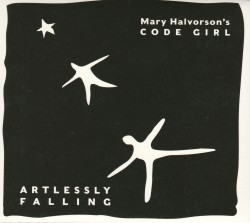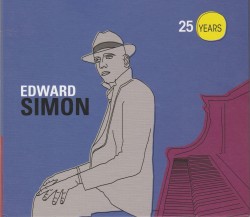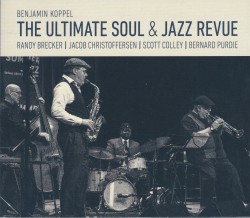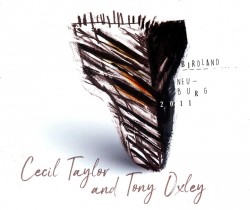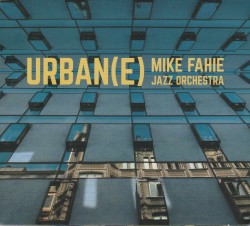Tribute - Mark Hynes Trio; Dennis Irwin
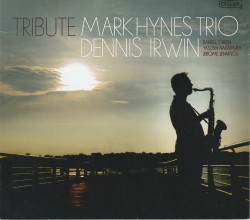 Tribute
Tribute
Mark Hynes Trio; Dennis Irwin
Cellar Music CM050120 (cellarlive.com/collections)
New York City bassist Dennis Irwin, was not only one of the most gifted jazz musicians to ever breathe air, but he was a prince among men. Talented saxophonist (and friend and colleague of Irwin) Mark Hynes has just released a never-before-heard collection of tracks recorded in 2007 that feature Irwin. They were intended to be part of a much larger project, which sadly never materialized, due to Irwin’s untimely death in 2008 – the tragic result of no health insurance. The fundamental trio here features facile and soulful Hynes on tenor, Darrell Green on drums, and of course the late Irwin on bass.
Things kick off with B’s Monk, a Hynes original, channelling the quirky artistry of the late Thelonious Monk. This track (and the entire CD) is recorded exquisitely, with a perfect acoustic balance between instruments, propelled by the big, fat, commanding sound of Irwin’s bass. Hynes’ soloing is both compelling and skilled, with ideas flowing out of his horn like lava. Comes Love is a standout – a jazz standard strongly associated with Lady Day. Hynes’ beautiful tone is delightfully reminiscent of Cannonball Adderly, but his contemporary slant and New York City energy is all his own. Irwin’s lyrical solo on this track is a thing of rare beauty, and a fine example of his dedication to excellence.
Included on the recording is a luminous version of the rarely performed Ellington/Strayhorn composition, Isfahan, and the trio renders this sumptuous ballad with layer upon layer of deep emotional content. Other delights include Monk’s Let’s Cool One and the touchingly appropriate closer, Gordon Jenkins’ Goodbye. A wonderful tribute to an amazing artist.


